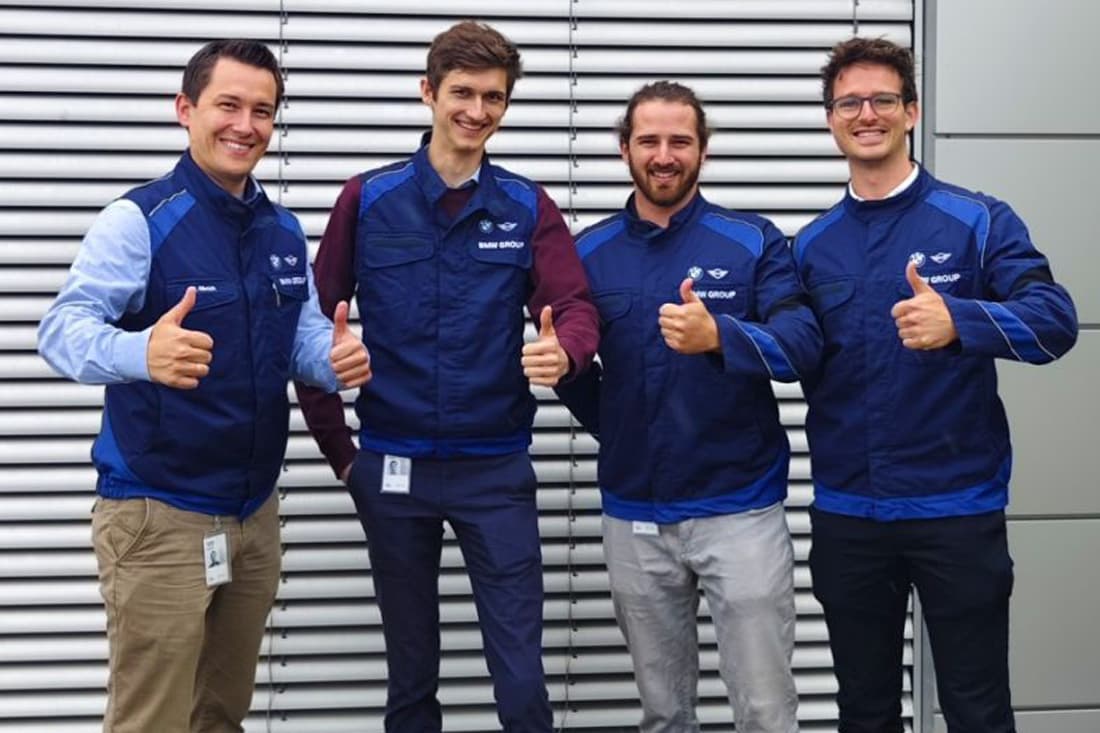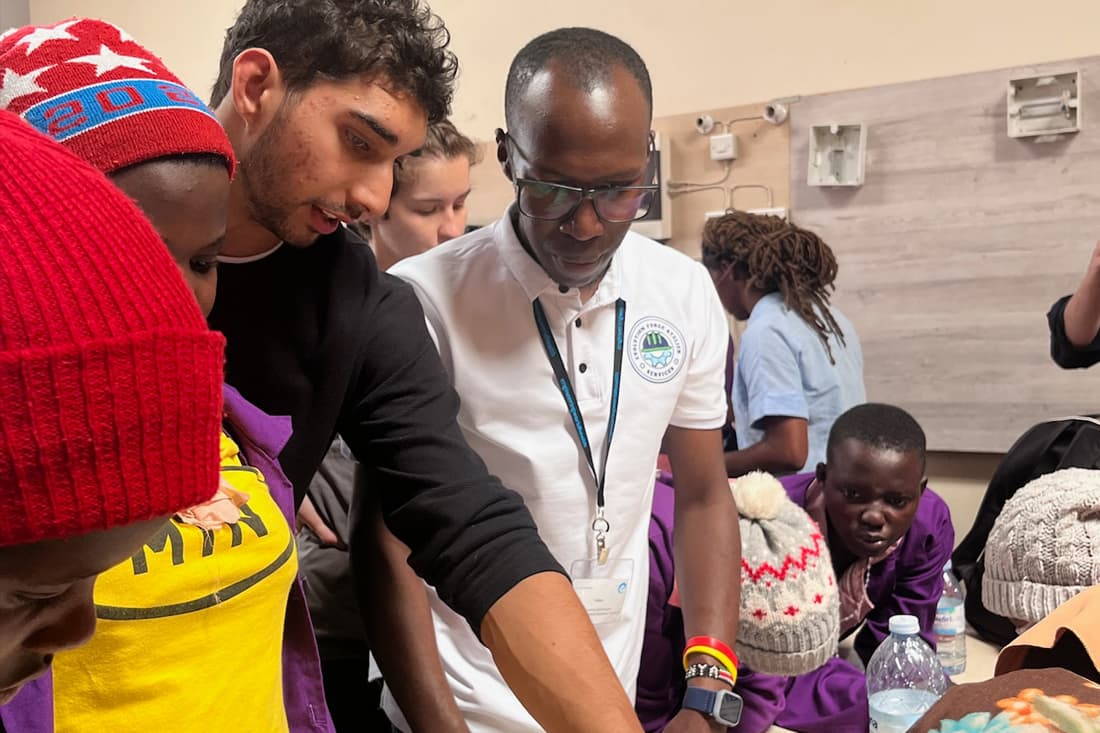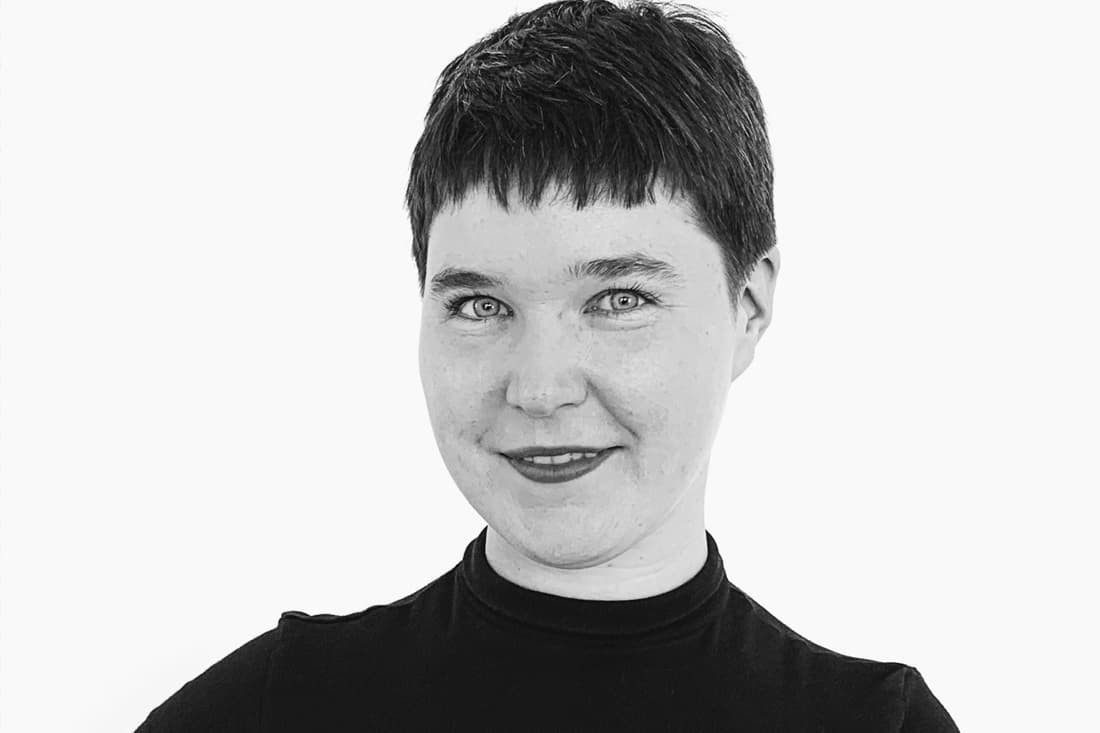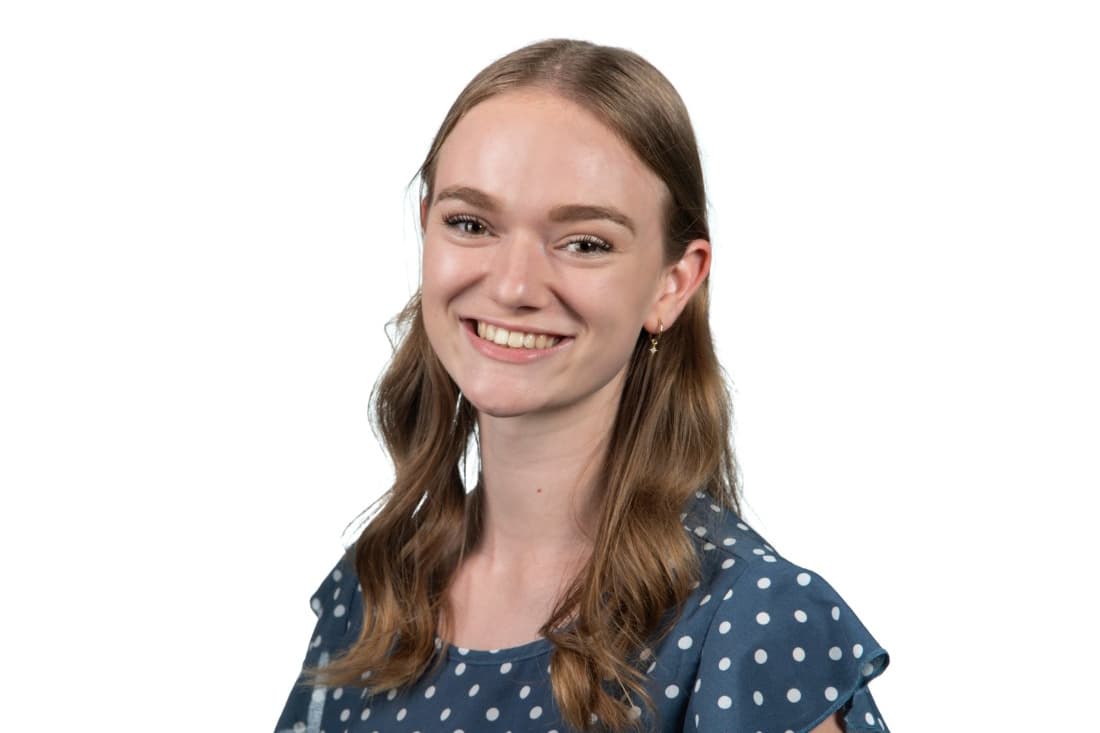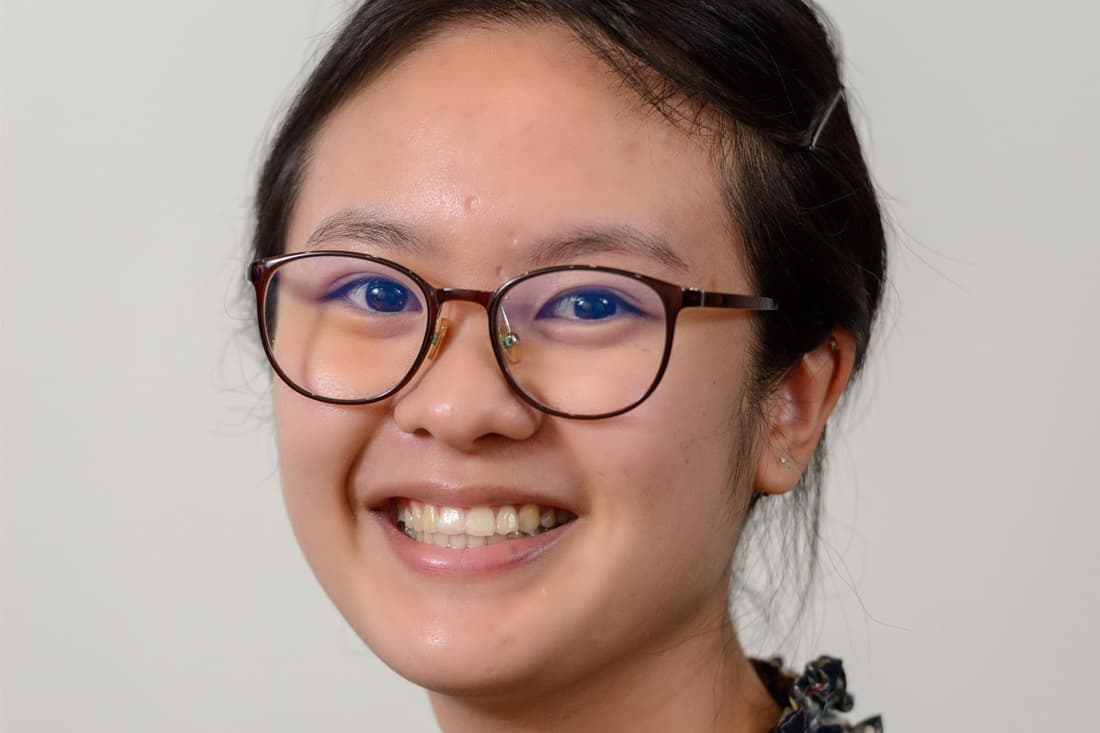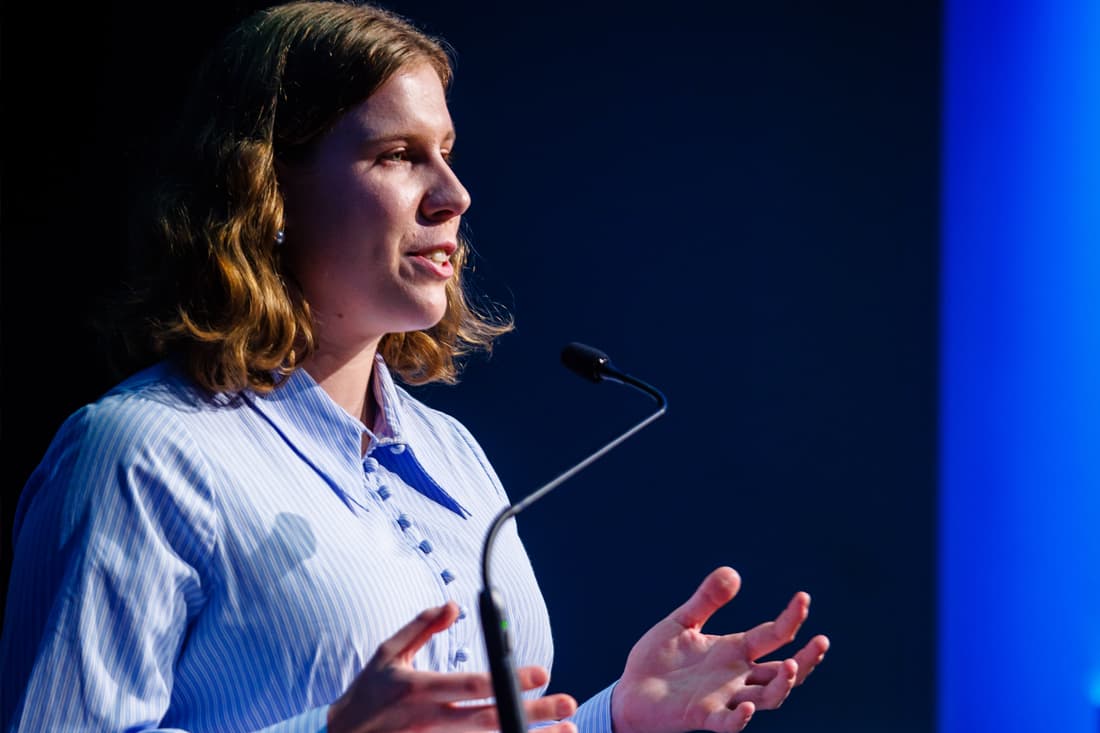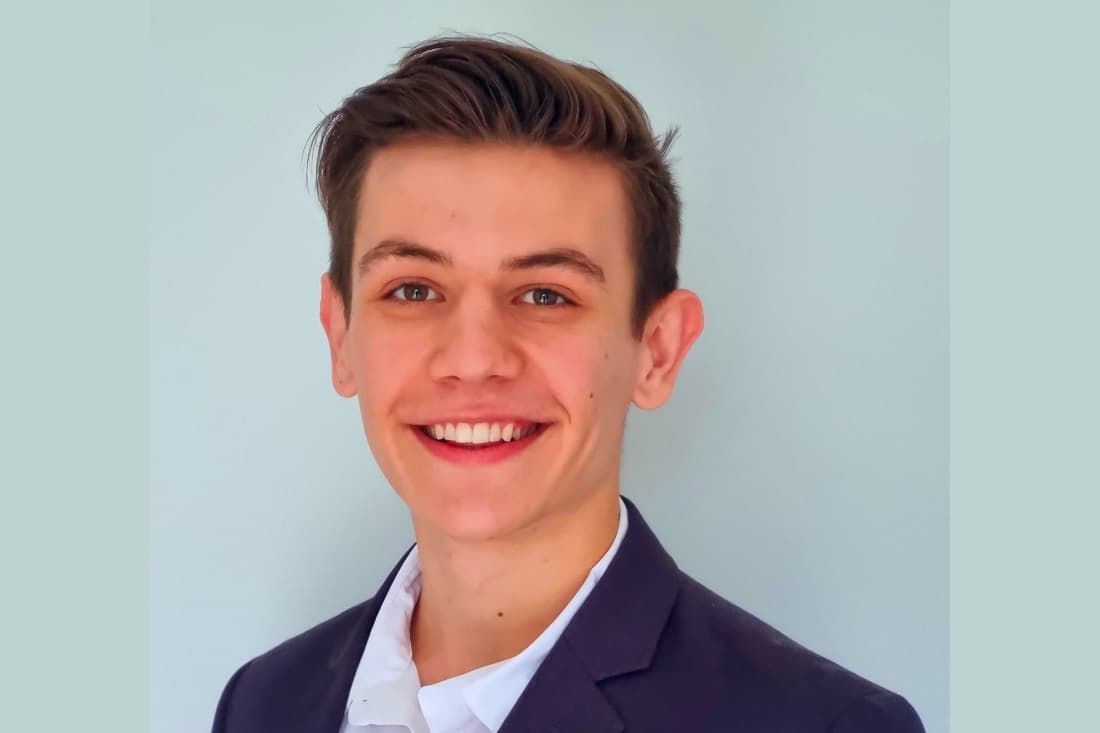QUT's BMW Internship Program shaping future engineers
Each year, QUT engineering students can apply for a six-month internship with the BMW Group. The partnership between BMW Group and QUT offers invaluable practical experience to students and staff. Annually, up to 10 undergraduate interns are hosted at various BMW locations, including Regensburg, Munich, and Oxford. Interns like John Hatfield, Luis Beyrer, Kilian Frunz, Asier Goñi, Matthew Kolb, Aidan Hay, Lachlan Randolph, and Cody Van Beek work closely with BMW’s engineering teams, contributing to virtual world training for manufacturing production processes. This collaboration is shaping future leaders and innovators, promising ongoing opportunities and advancements for our community.
Engineering in major health centres across Uganda
When Duke arrived in Entebbe he joined 23 other biomedical engineering students from various countries, living together at Makerere University. Their program included intensive courses on technical skills, medical device knowledge, and local language and culture. Each Friday, they worked in hospitals around Kampala. Duke also joined a Judo club, visited Jinja, and participated in outreach with the Smart Girls Foundation. They are worked full-time as biomedical engineers in major health centres across Uganda. Duke also repaired an operating theatre light at Kamuli General Hospital.
Immersed in landscape design with McGregor Coxall
Sophie Richards, a landscape architecture student, made a significant impact at McGregor Coxall's Brisbane office. Immersed in a close-knit team, she gained hands-on experience in various project stages, including design reviews and site visits. Sophie's key role in a creek restoration project involved best practice methodologies, site analyses, and drafting construction packages in Revit. Her meticulous attention refined project packages for publication, and she excelled in producing and presenting deliverables. Sophie's work experience journey at McGregor Coxall highlighted her dedication and passion for sustainable, innovative landscape solutions.
Passionate about reducing carbon dioxide emissions
Lily Kenway’s capstone project, "Sustainable Geopolymer Concrete with Recycled Glass and Hemp Fibre Aggregates," achieved a High Distinction. She showcased her expertise in preparing materials, including waste glass and hemp fibre, and activating fly ash-slag based binders. Mastering concrete mixing, curing, and testing, Lily conducted comprehensive mechanical tests like compression, bending, and tensile splitting per Australian Standards. Her meticulous analysis and coherent final report underscore her dedication to innovative, eco-friendly construction solutions.
Pioneering Sustainable Engineering Innovations
Jessica Tse’s leads a pioneering research initiative “Biogeotechnics project 2” blending geotechnical engineering, environmental engineering, and biotechnology. Jessica was the main driver of the project's design, objectives, methodology and testing plan, collaborating closely with stakeholders. Inspired by natural phenomena, her innovative approach promises significant advancements in sustainability within engineering design. This includes introducing groundbreaking ground improvement methods to reduce carbon emissions and enhance durability. Recognised for her exceptional achievements, she was invited to speak at the 2nd International Conference on Microbial Biotechnology in Construction Materials and Geotechnical Engineering in Singapore.
The journey of engineering RAPs in Australia
Fiona Wyer's Engineers without Borders capstone project evaluated efforts towards Reconciliation within Australia’s engineering sector through Reconciliation Action Plans (RAPs). These plans served as crucial tools for organizations aiming to proactively enhance relationships with Aboriginal and Torres Strait Islander communities. RAPs were categorized into four levels: Reflect, Innovate, Stretch, and Elevate, each representing increasing dedication to the RAP program. At the time, engineering firms constituted approximately 6% of all organizations with RAPs. Fiona's research prompted the question: Had your company embarked on the journey towards adopting a Reconciliation Action Plan?
Innovative Blood Shearing Device Design
Mitchell Jenkinson’s “Designing A Blood Shearing Device for Evaluating Blood Trauma” delved into the critical challenge of shear-induced damage in medical devices interfacing with blood. Traditional devices such as heart-lung machines and artificial heart valves face significant risks due to high shear stresses, yet designers lack clear thresholds for damage induction. Mitchell’s research aimed to assess and enhance a shearing device to better understand these thresholds. The goal is an advanced design capable of withstanding shear stresses surpassing 1000 Pa over 15-millisecond exposures. Join us in advancing the safety and reliability of medical technologies with pioneering research into mitigating shear-induced risks.
